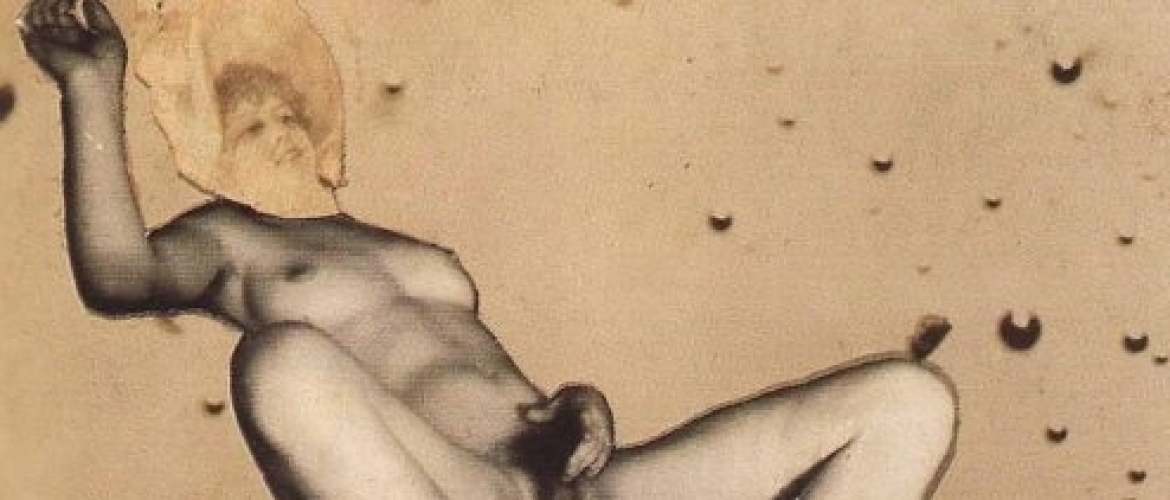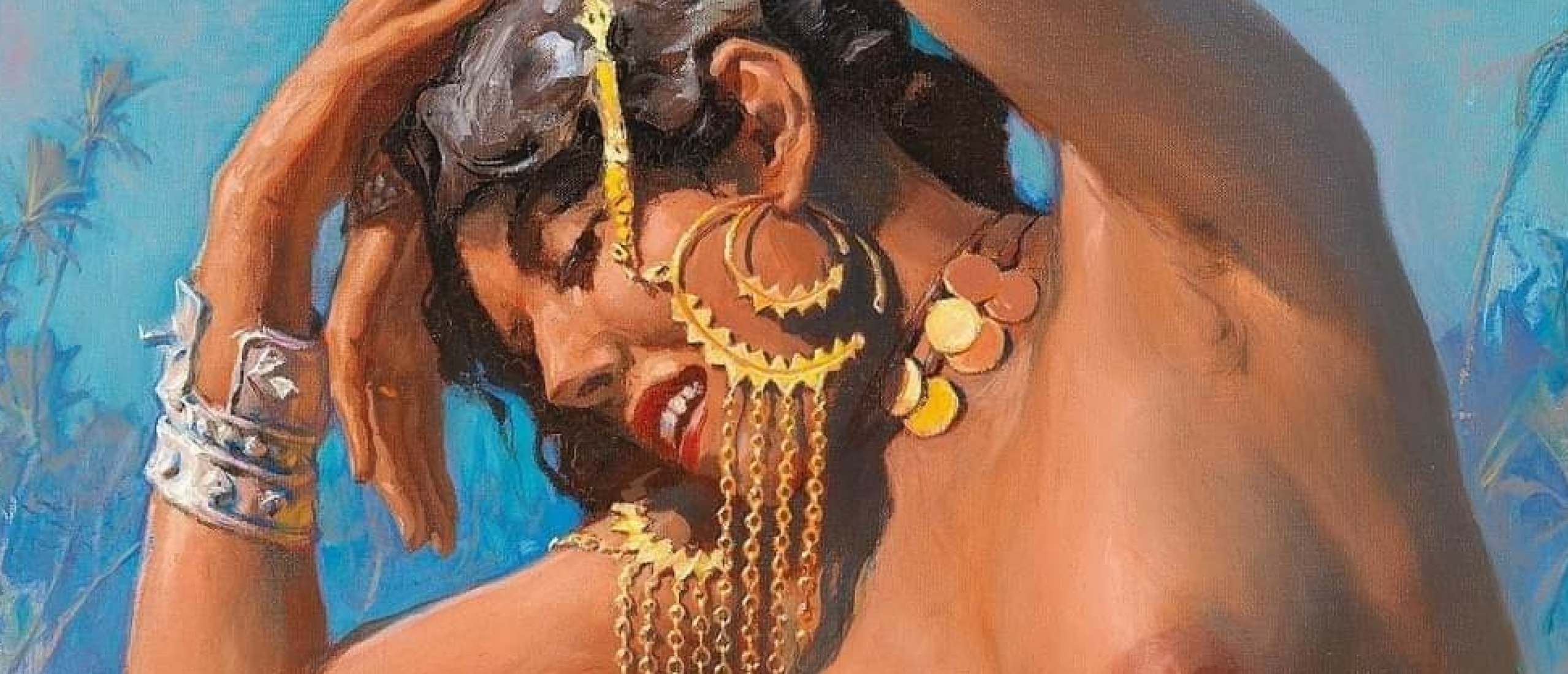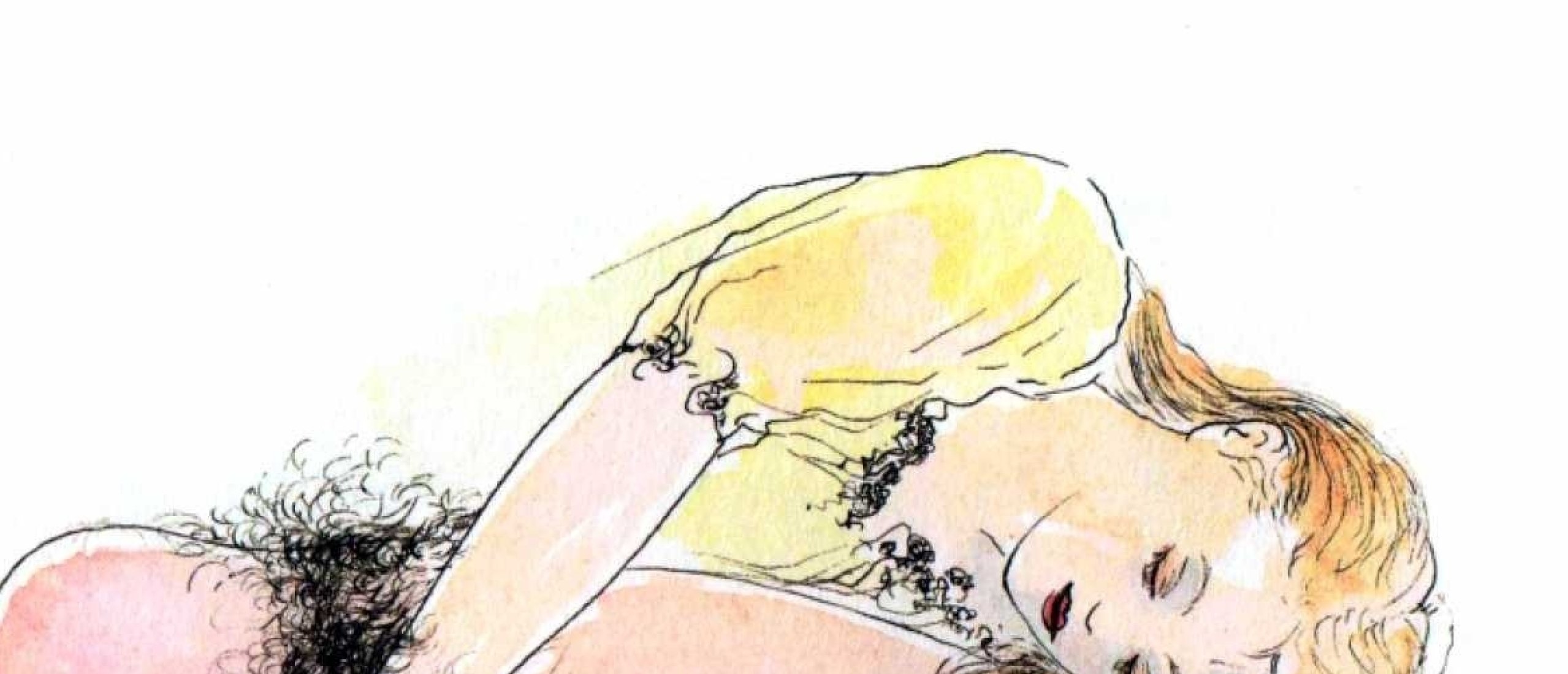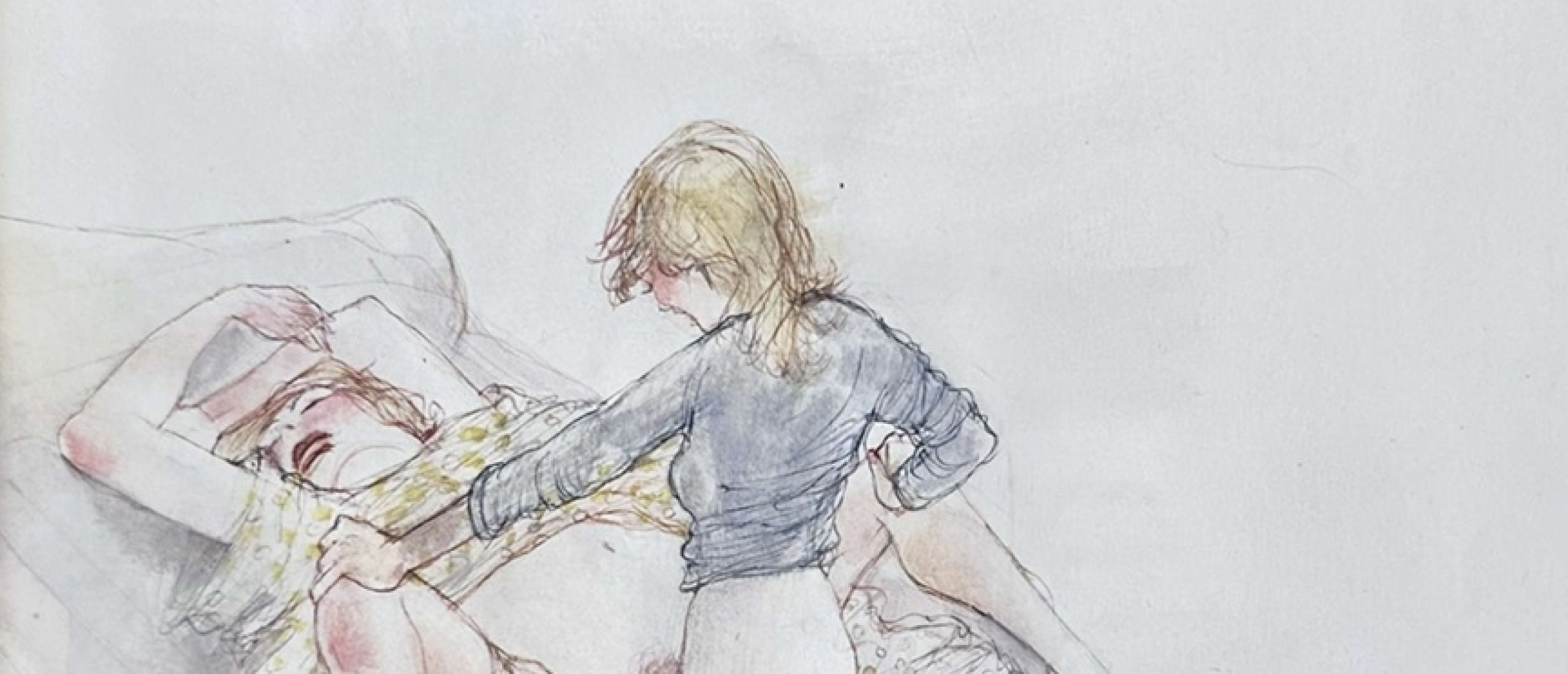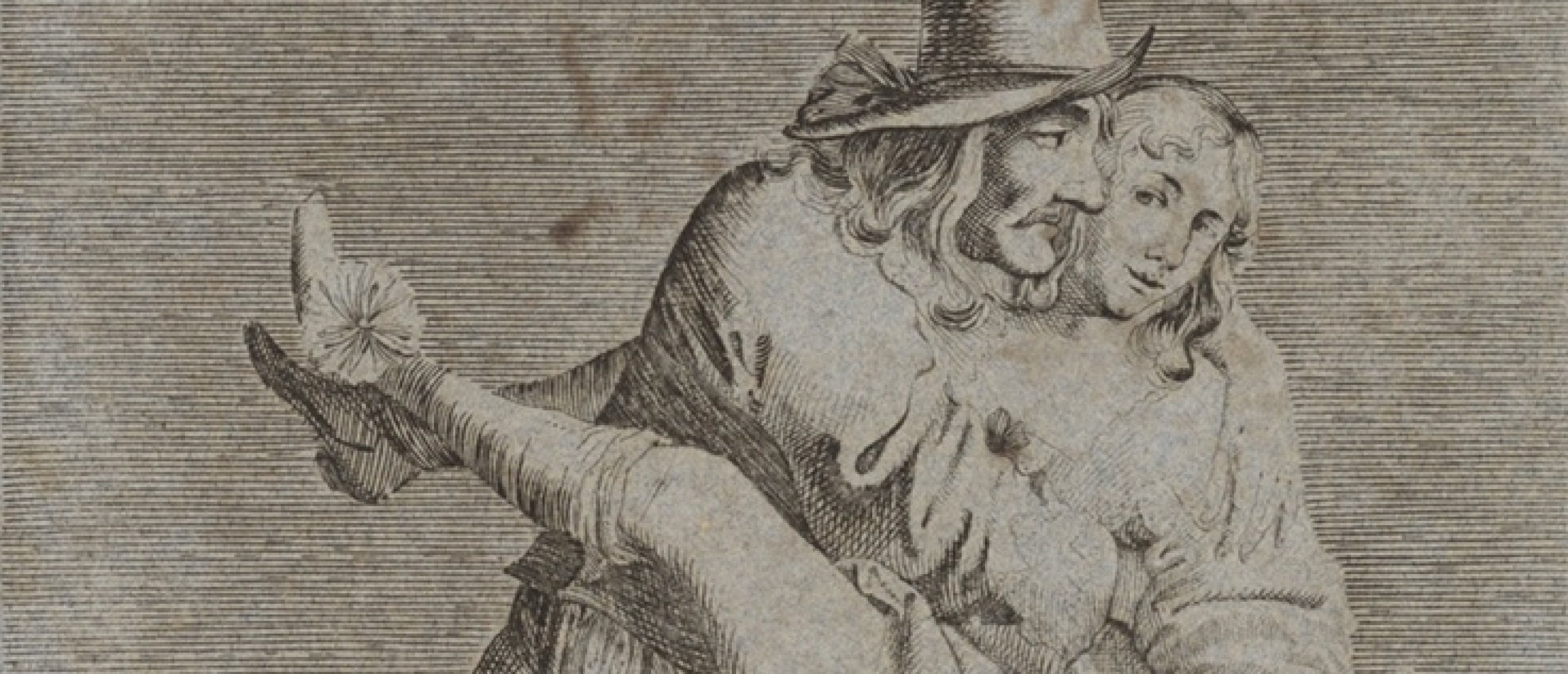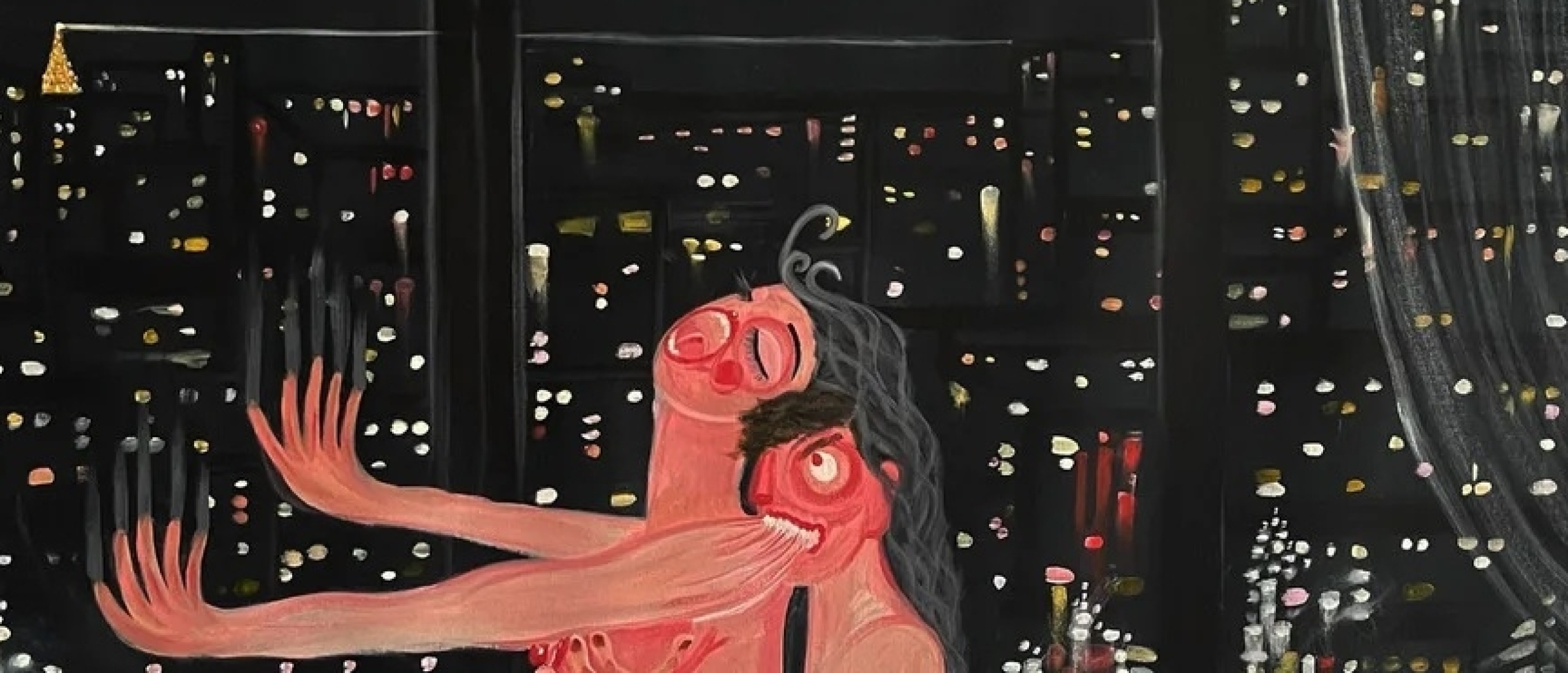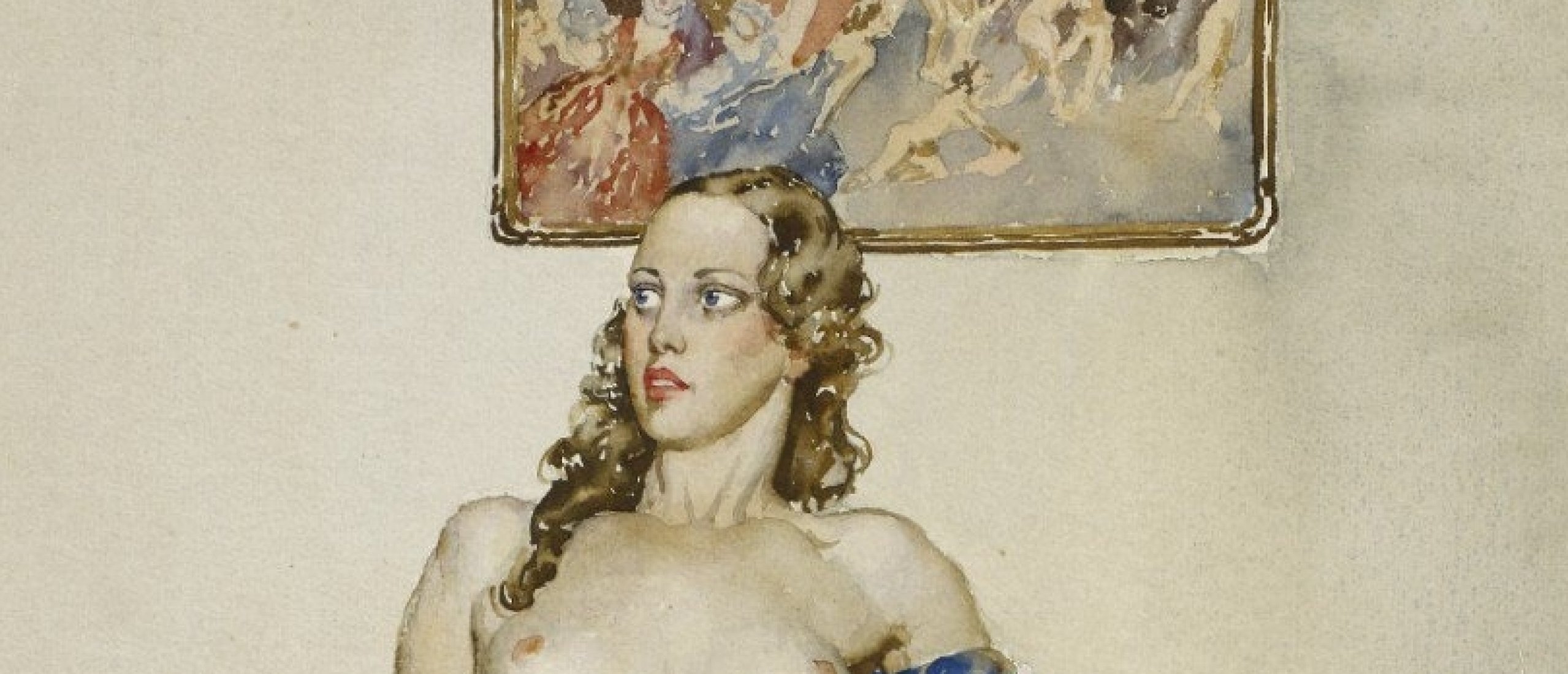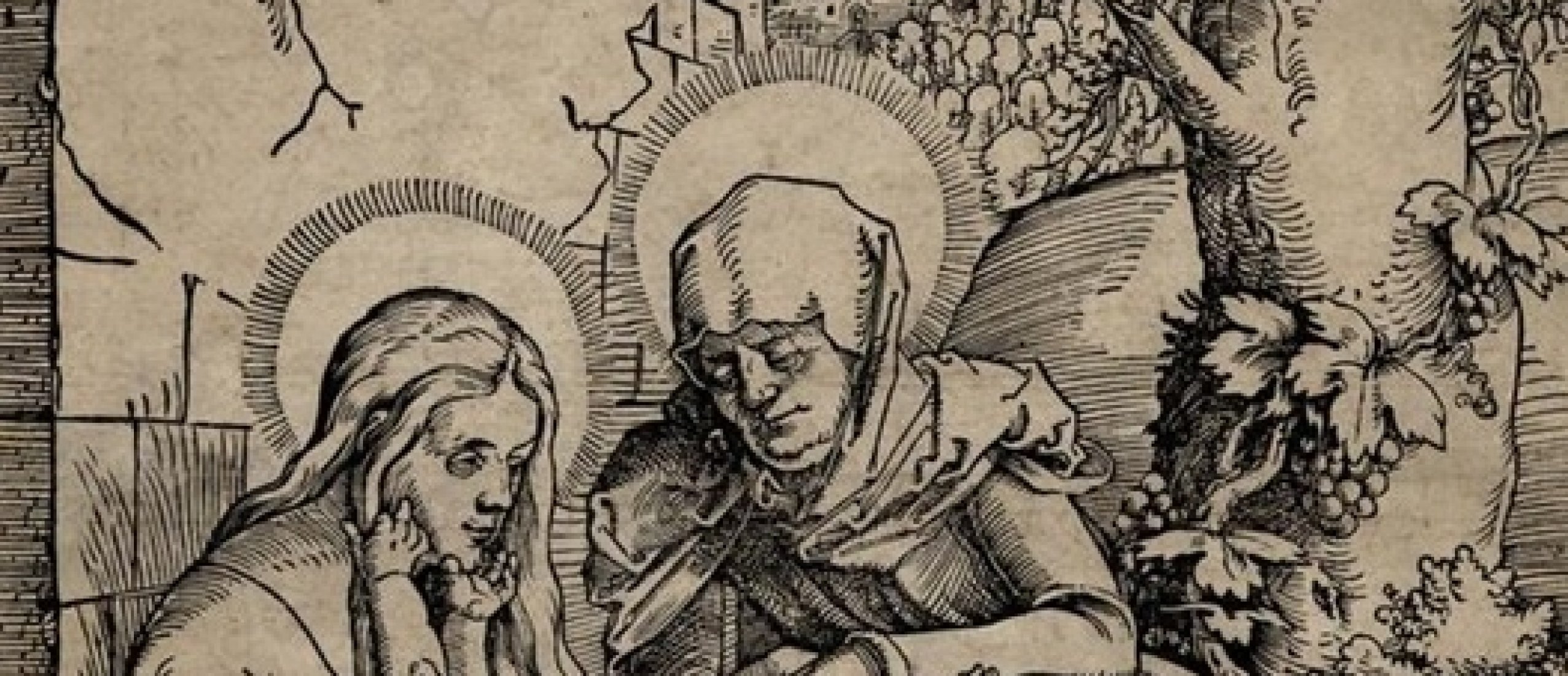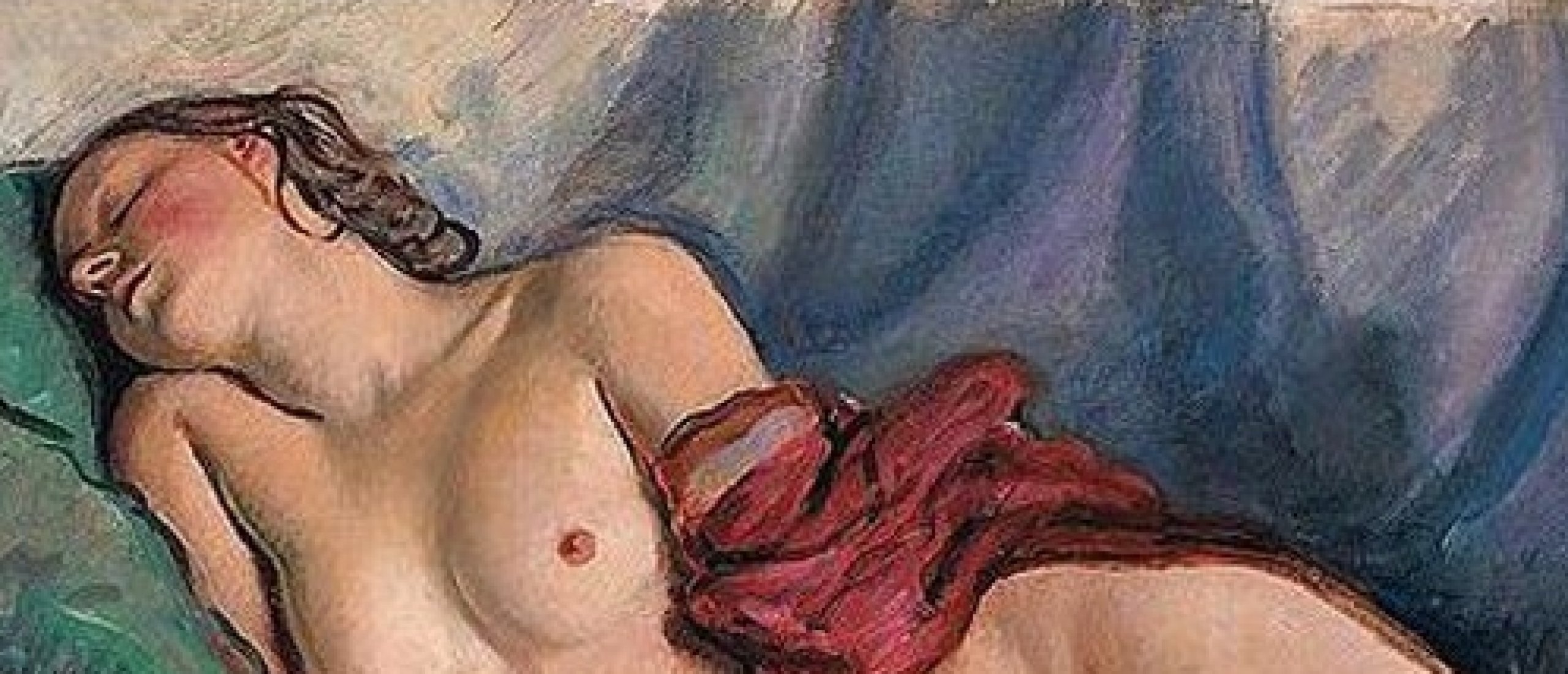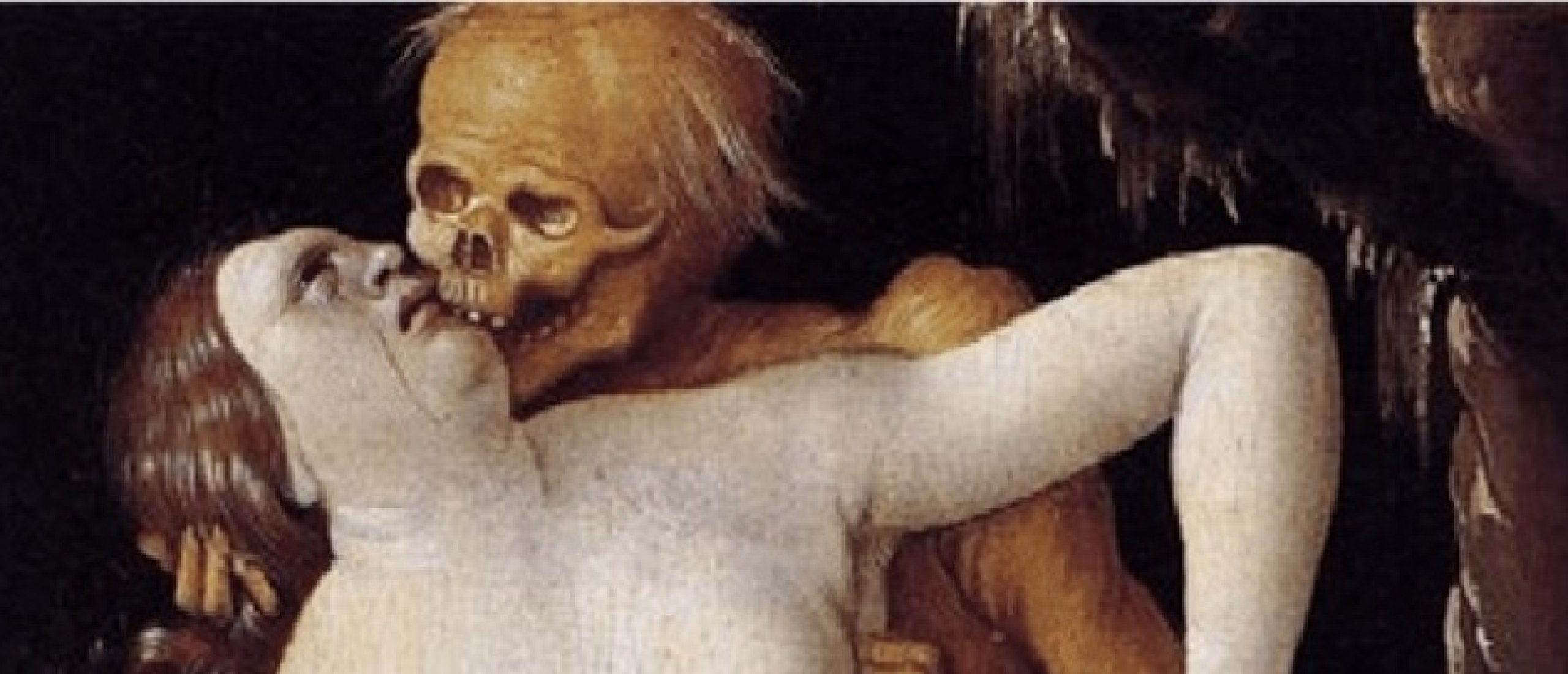
The theme of the ‘Death and the Maiden’ has been a recurring one in the European art for centuries now. The popularity of the theme reveals the deeply human, existential anxiety about mortality, innocence, desire and the fragility of youth. This compelling theme typically features a young woman who is confronted or accompanied by Death who is often personified as a skeletal or an otherwise ghastly figure while the Maiden is always a beautiful young woman with a voluptuous body and long flowing hair. The contrasting motifs, of Death and a beautiful young woman, are so alluring because they intertwine eroticism with death, beauty with decay, transitory vitality with inevitable transience. The theme emerged in the medieval period, reached its artistic peak in the Renaissance, and resurfaced again in Romanticism and later on. Figures such as Sigmund Freud, Carl Jung and others in the early twentieth century explored death and sexuality as the core human drives. Freud’s theory of “Thanatos” (the death drive) and “Eros” (the life drive) places the Death and the Maiden narrative in the subconscious level. For Freud, the maiden represents desire and vitality, while death represents the pull toward oblivion. Together, they express the duality at the heart of human nature.
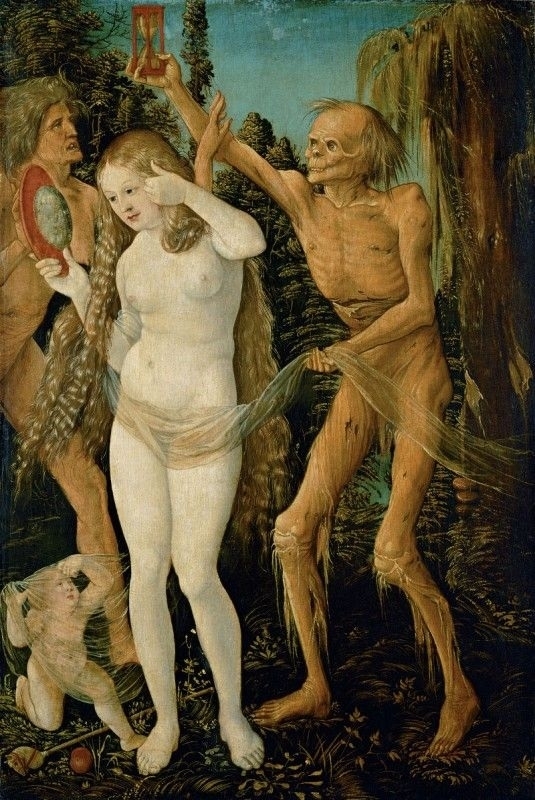
Fig.1 Death and the Maiden, 1510 by Hans Baldung Grien
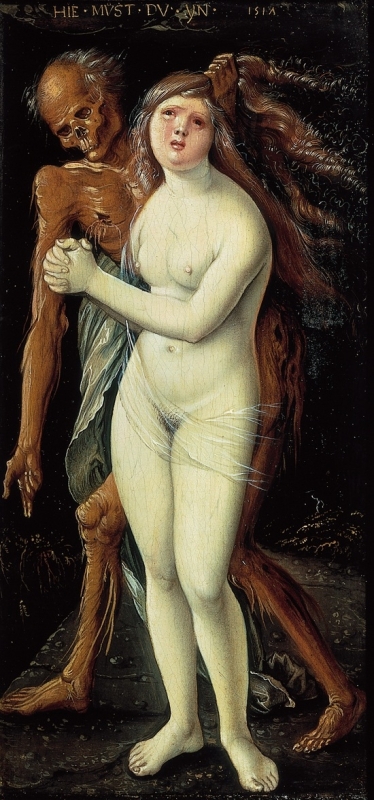
Fig.2 "Death and the Maiden", 1517 by Hans Baldung Grien. Grien painted this painting in which Death seizes a girl by the hair and forces her to go down in to the tomb
Eroticised Theme of Death and the Maiden
The idea of Death as a personified force is deeply rooted in the medieval Christian Europe where death was seen as a reminder of sin and the temporary and illusive nature of earthly pleasures. The “Dance Macabre” was a common allegory in the 14th century and it was frequently painted on church walls as a reminder that no one can escape death, not even a king, or a nun, or a child. Allegories such as this one soon developed into the more individualised and eroticised theme of Death and the Maiden. One of the earliest examples of this motif can be seen in the paintings of Hans Baldung Grien shown in the Fig.1., Fig.2. and Fig.3. All three paintings are very similar; they show the beautiful young woman with a pale body and long wavy blonde hair and death is presented not as a skeleton but as a bony, brown-skinned old man with a half-bald head. The contrast is brutal and carnal, yet symbolic: the vitality of her body becomes a foil to the horror of his decay. Her plump, young body symbolises fertility and oozes sexual potential but not even her youth can shield her from death. Even though all three paintings are similar, they are some distinct differences in the way the maiden reacts to the death’s approach.
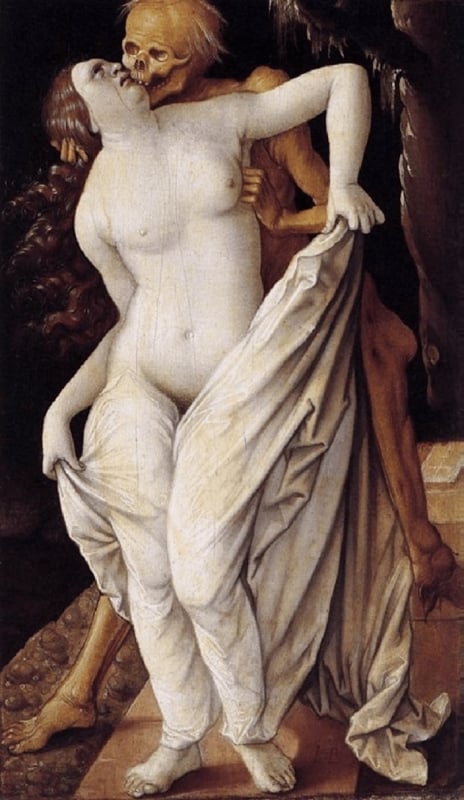
Fig.3 Death and the Maiden, 1518-20 by Hans Baldung Grien
Passing Beauty
The three paintings in this precise order serve almost like a progressions; in Fig.1. the Maiden is looking at herself in the mirror while the Death is holding a sand-clock in his hand suggesting the time of her youth and beauty is passing, in Fig.2. the Death is even closer, now he is pulling her hair and her face seems flushed and her hands held together in the prayer, and in Fig.3. he is approaching her with a kiss and the look on her face speaks of her horror and disgust.
In the much longer Premium edition of the article many other exciting examples of "Death and the Maiden" artworks, the themes within the "Death and the Maiden" motif, more images + an additional BONUS feature!
Click HERE for 53 examples of sensuality as inspired by Leda and the Swan mythology
Let us know your thoughts on this "Death and the Maiden" article in the comment box below...!!

